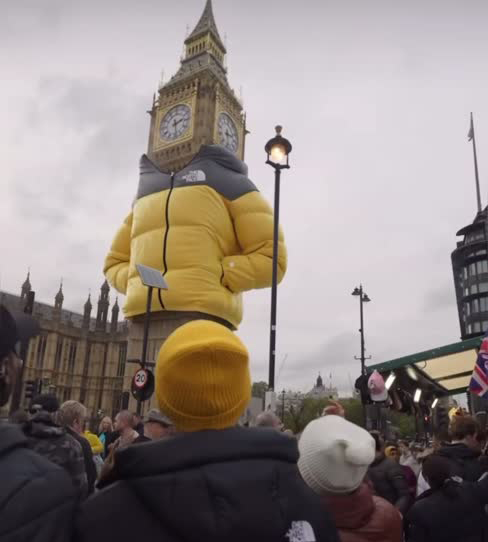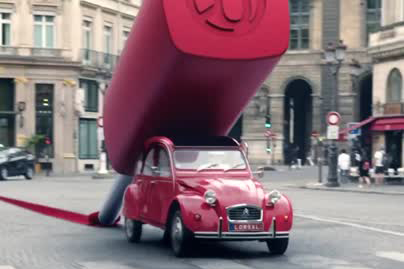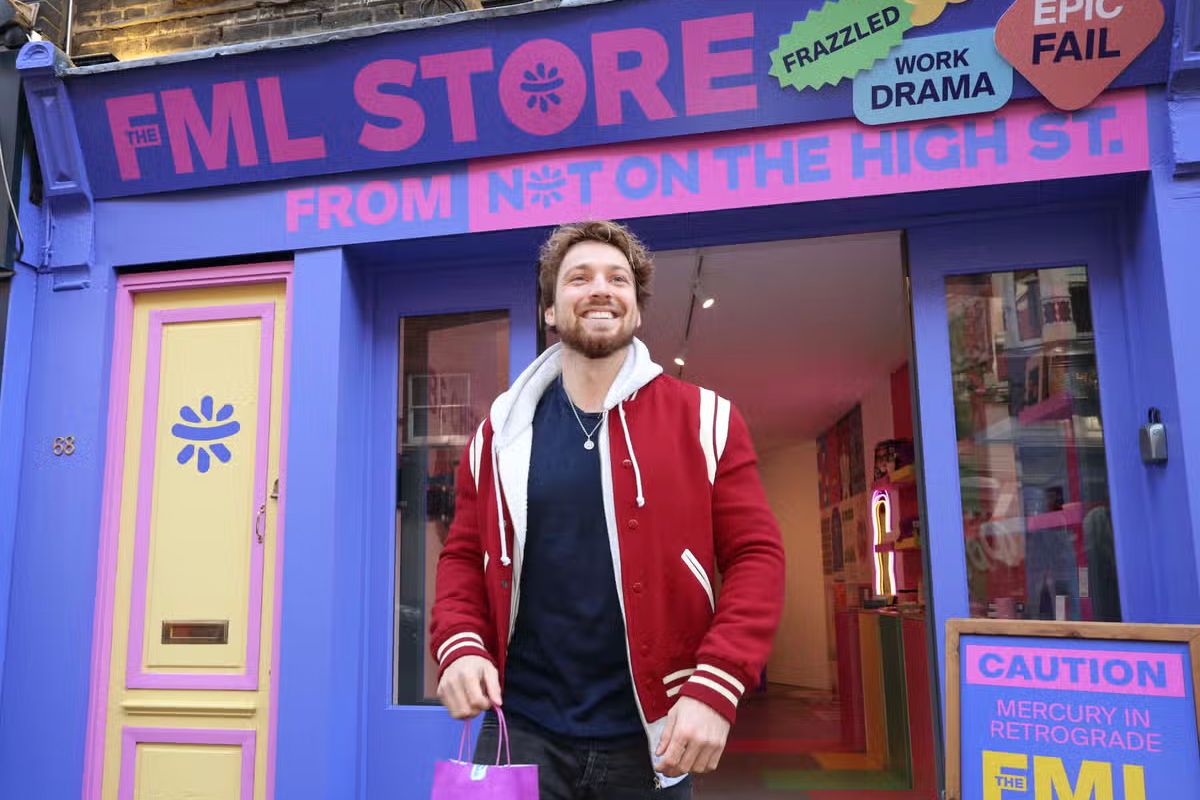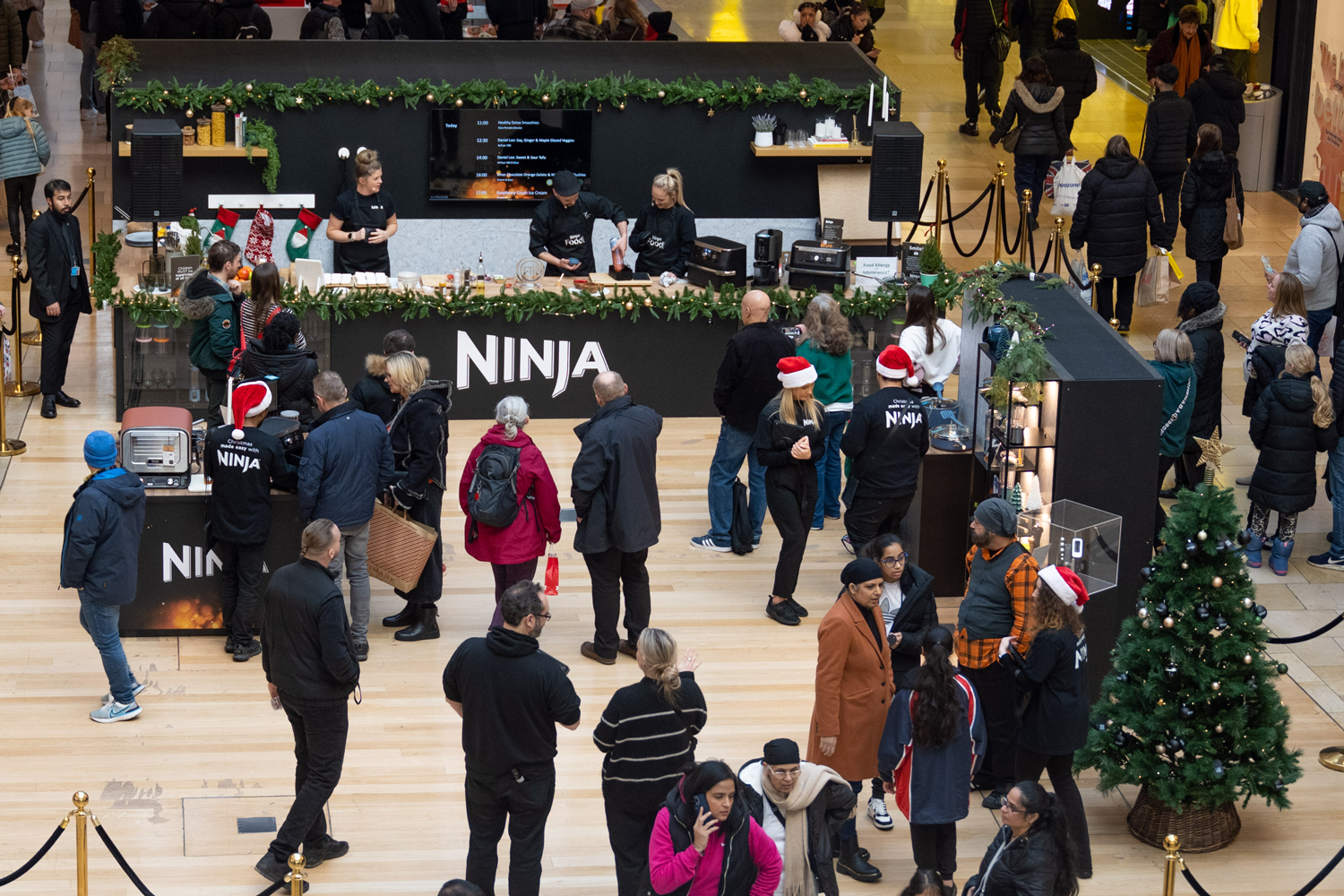The Inescapable Rise of AI
PrettyGreen Events Creative Director Kevin Windsor muses on the inescapable rise of AI and its ultimate place in our industry.
When I was in my final year of University, Radiohead released their audience-splitting, magnum opus “Kid A”. It was an album fraught with the fear of technological advancement and where it all might be leading us. The cover artwork (by long-term collaborator and artist Stanley Donwood) depicted dark, glitching, computer-generated landscapes whilst the songs themselves were imbued with an emotionally disconnected sense of dread. Back then, fear of technological advancement amounted to the somewhat unnerving shift from floppy discs to zip drives. But I’m frequently reminded of that album and artwork with the recent and sudden leap in the use and capabilities of AI.
At my age, there’s always the temptation when something so new and prevalent comes along to run for the hills with a satchel full of hardback novels and vinyl records. But, like most of these things, it’s all about finding where it is, and isn’t, of most use to us.
It’s safe to say that, in the age of misinformation, the fake imagery that AI can conjure and the ability to deepfake audio and video of pretty much anyone, isn’t exactly going to help provide more clarity and assurances to people. But in the PR and marketing industry, I feel like there’s not as much cause for alarm as there may have initially seemed.
If we take experiential activations, for example, then it’s understandable why people might see AI as a threat to the more traditional approach of this channel. The rise of Faux OOH advertising– such as the Maybelline underground train mascara applicator, L’Oreal road lipstick stunt and the huge Northface Jacket wrapped around The Elizabeth Tower – have all resulted in viral videos of purported OOH advertising stunts that would have been nigh on impossible to produce and capture for real.



But, like most things that come along and disrupt the status quo, it simply takes a while to figure out their place in things.
Here at PrettyGreen we’ve produced work for clients using both of these approaches. We create countless experiential events for brands such as Play-Doh, Foxy Bingo, Not On The High Street, Shark Ninja and more. But we also produced a Faux OOH campaign at the end of last year which imagined Christmas trees made entirely of Furbys across European cities including London, Paris and Berlin. All from inside a computer.
So, where’s the problem?
Well, there’s undoubtedly a trust issue in play with Faux OOH advertising as PR and Marketing can be viewed with suspicion and scepticism at the best of times. But maybe that just makes Faux OOH easier to justify? I think the more outlandish and spectacular the fakes are, the more they can be seen as a tool for boundless creativity, rather than as a form of deception. So, giant JACQUEMUS handbag mobiles whizzing around Paris feel like the former whereas the Gymbox rooftop bus ad placement could be seen as being more the latter.



I think most of us are ultimately able to spot copy written by AI. Often, all of the information appears to be present and correct but – as with the uncanny valley in humanoid robotics – something just feels a bit off in its delivery. Similarly, no one – to my knowledge – has yet created a piece of Faux OOH content that hasn’t been subsequently “outed” as such.
To me, early indications suggest that AI is merely a very useful tool for helping with repetitive and informative tasks such as writing emails and briefs or maybe even to provide an informative starting point for a copywriter. However, if you want creativity, warmth, wit, colloquialisms, or emotional nuance in any piece of copy then I firmly believe that you still have to have some input from an actual human being. (For now, at least!)
Similarly, if you want to simply create a stir online with a budget that wouldn’t have a hope of achieving one outside of Faux OOH, then I think it should be fair game. But if you want to create brand affinity, allow potential customers to try your product and cultivate an emotional connection between them and your brand – plus capture equally emotive social content around those authentic, human interactions – then physical experiential is clearly going to be much more effective. Either way, there appears to be cause and room for both approaches at present.
In the end, it’s all about finding AI’s role in the world whilst it’s still in its infancy. Or, as Thom Yorke intoned so beautifully at the very start of that aforementioned Kid A album: “Everything in its right place…”
